The differentiation of red colors is very good, noticeable in the red spool as well as in the colors of the red and orange brushes in the standard testbox. personal statements UCAS | mba assignment
Nikon D800E DSLR Review
The Nikon D800E contains a 36MP full-format FX sensor, a resolution normally associated with digital backs. This makes the D800E a competitor with medium format cameras made by Hasselblad or Phase One. The “E” version of this camera is contsructed without a low pass filter, used in many digital cameras to avoid color moiré but that can create a certain softening of image details. To avoid this soft look, many medium format cameras or digital backs do not utilize this filter. In cameras that use the filter, moiré effects are filtered in their raw converter software.
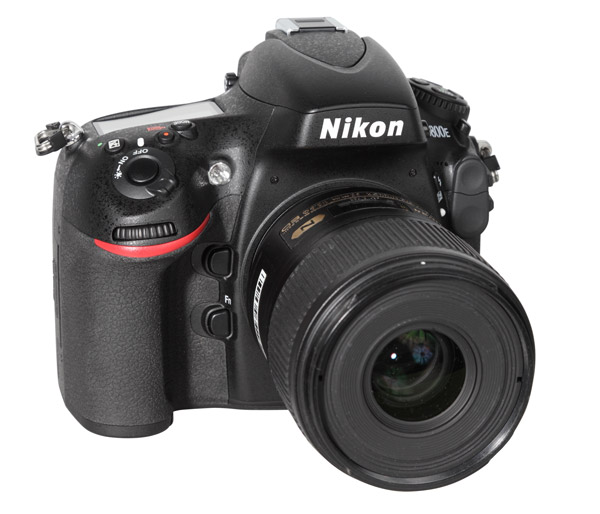
The D800E uses a large (3.2 inch) LCD screen with highresolution (921,000 RGB dots) for menu navigation. The LCD screen is fixed and covered by a transparent cover, which protects it from dust and scratches. For menu navigation the camera uses a 8-way cursor field and setup dials near the shutter release button on the back of the body. The whole navigation systemisn’t as flexible/intuitive as the Nikon D4, but is still very comfortable. A second shutter release button and setup dial for shots in portrait orientation are also lacking.
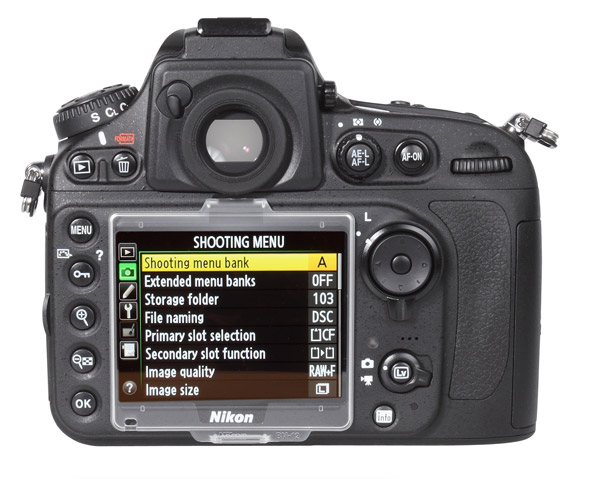
The Nikon uses two slots for memory cards. It allows for the simultaneous use of SD/SDHC/SDXC and CompatFlash cards. The camera can use one card for JPEGs and the other card for raw images ,or can use the second card slot as a backup system for the first card. This allows flexible handling. While the Nikon D4 offers a XQD card system (with extremely high capacities), the D800E uses standard card systems for its very large image files (15 MB for a JPEG, 42 MB for a raw file).
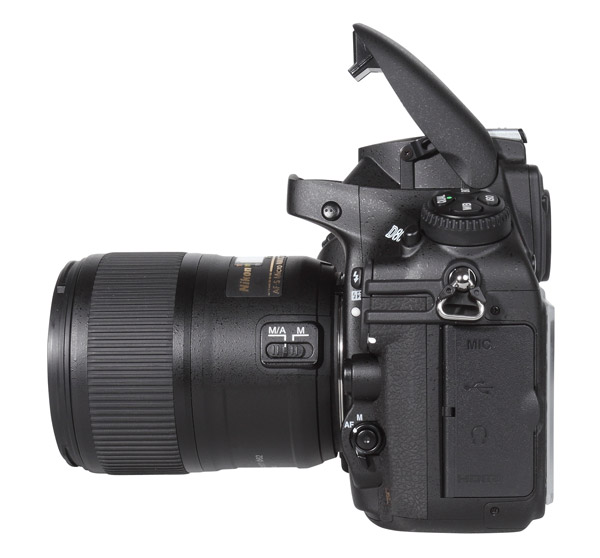
The camera is a kind of successor for the Nikon D700 and offers similar handling. Unlike many other professional full format cameras, it offers a built-in flash system (Guide Number 12) useful for fill flash. In addition, the D800E is fully compatible with Nikon’s Creative Lighting System.
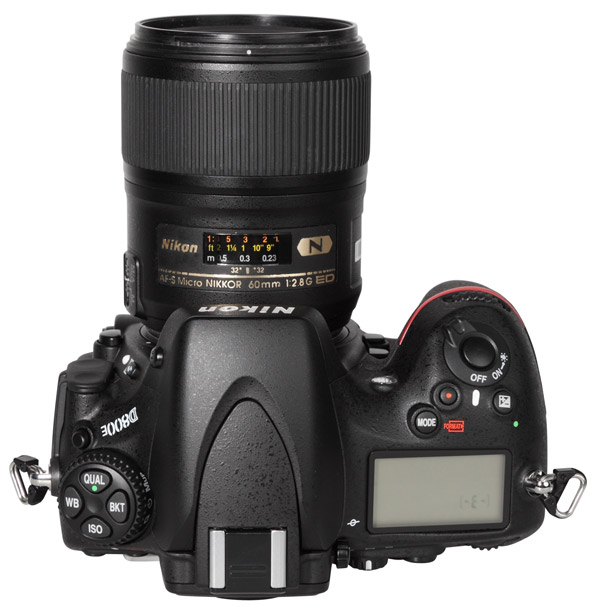
The camera offers Full-HD recording including uncompressed video output to the HDMI interface. Manual setting of sound recording level, an interface for an external microphone and a head phone all help record better sound quality. What’s missing for video recording is motor zooming and smooth, continuous autofocusing, standard problems for SLR systems. The Nikon D800 can certainly be used as a video camera for professional video productions (advertising, music videos), but not for recording home videos or shooting videos during vacation.
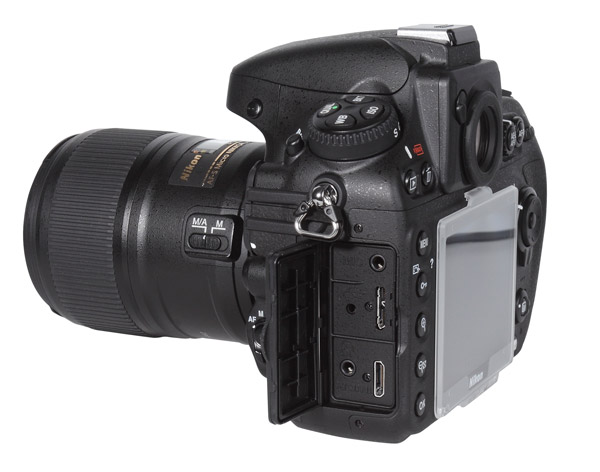
Comments on Image Quality
Color: The camera offers very precise colors. The automatic white balance system showed a slight tendency towards warmth in bright white colors, but this effect is extremely low. The darker gray patterns are located exactly in the center of the result chart. The skin tones are also perfectly matched, with only some blue and green nuances boosted due to the higher saturation rate of 105.7 percent, which is still very good. The differentiation of red colors is very good, noticeable in the red spool as well as in the colors of the red and orange brushes in the standard testbox. The standard testbox shows very natural and realistic looking colors, while the gray background is reproduced with very neutral nuances.
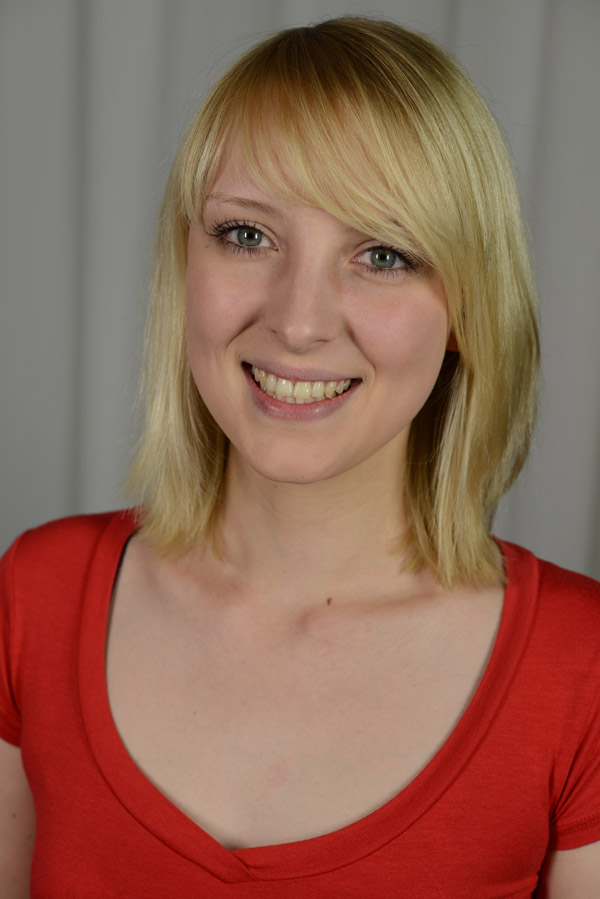
Sharpness: The sharpness is extremely high. The standard test image shows a lot of details; even the little digits in the Siemens stars in the lower right are visible and readable.. The resolution tests were shot with the AF-S Micro NIKKOR 60 mm f/2.8G ED lens. The ISO chart was reproduced with 4892 lines per picture height, which is nearly the nominal resolution of 4912 lines per picture height of the sensor. In some images of the resolution test run, the ImaTest software showed results of a little more than 5000 lines per picture height, which shows that the camera really gains its nominal resolution. The D800E result exceeded the extremely good result of the D800.
The very high resolution is also visible in the portrait shot, especially when shot in Raw, which was shot with a studio flash system and a manual aperture setting of f/8.

Noise: The results in our noise tests are very impressive. Even though the camera uses a standard full format sensor it offers an extreme resolution with very small pixel size for every red, green and blue CMOS element. The luminance noise, especially in lower ISO settings, is only a bit higher than the results of the Canon EOS-1D X, for example, which offers 18MP on a sensor with the same size. This is remarkable. The images are very clean up to ISO 3200, and only in images taken with the highest speed setting of ISO 6400 there are some color clouds in homogenous colored areas.
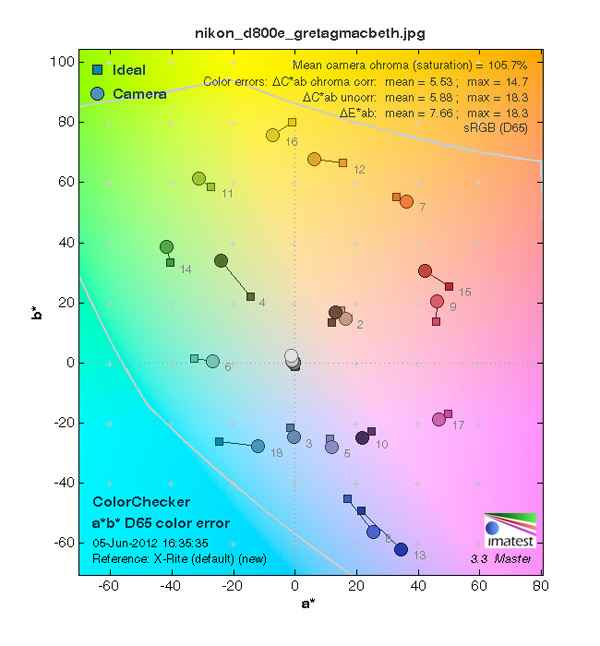
The dynamic range results are also very good: The camera gained a maximum of 11.0 f-stops, but keeps a very high level even in images taken with ISO 200 to ISO 3200. In pictures taken with ISO 6400, the dynamic range level declines to under 10 f-stops, which is still very good.
Scorecard
Pro:
• extremely high resolution sensor
• very high dynamic range even in images take with high ISO speed settings
• large LCD screen
• uncompressed, Full-HD-output of video for high qualityexternal recording
Con:
• only four frames per second in burst mode
• handling of 36 MP images needs very fast memory cards with high capacity, large hard discs and a fast PC/Mac for raw image conversion
Test results and comments by Betternet, Shutterbug’s TIPA affiliated testing lab. Edited by George Schaub
- Log in or register to post comments


















































